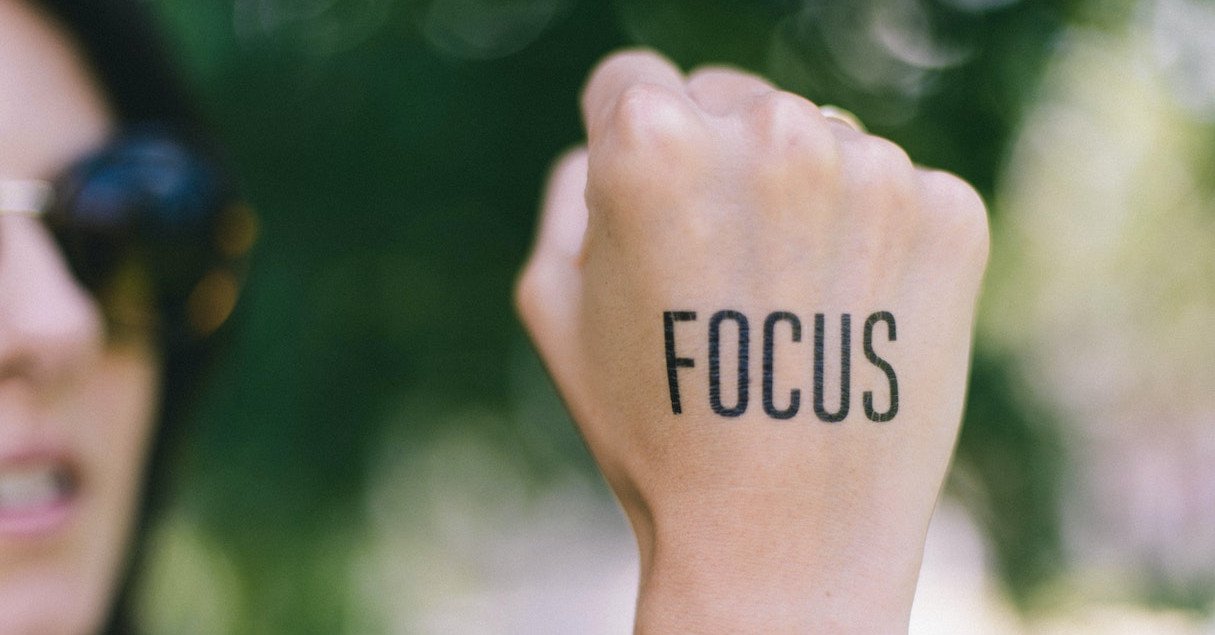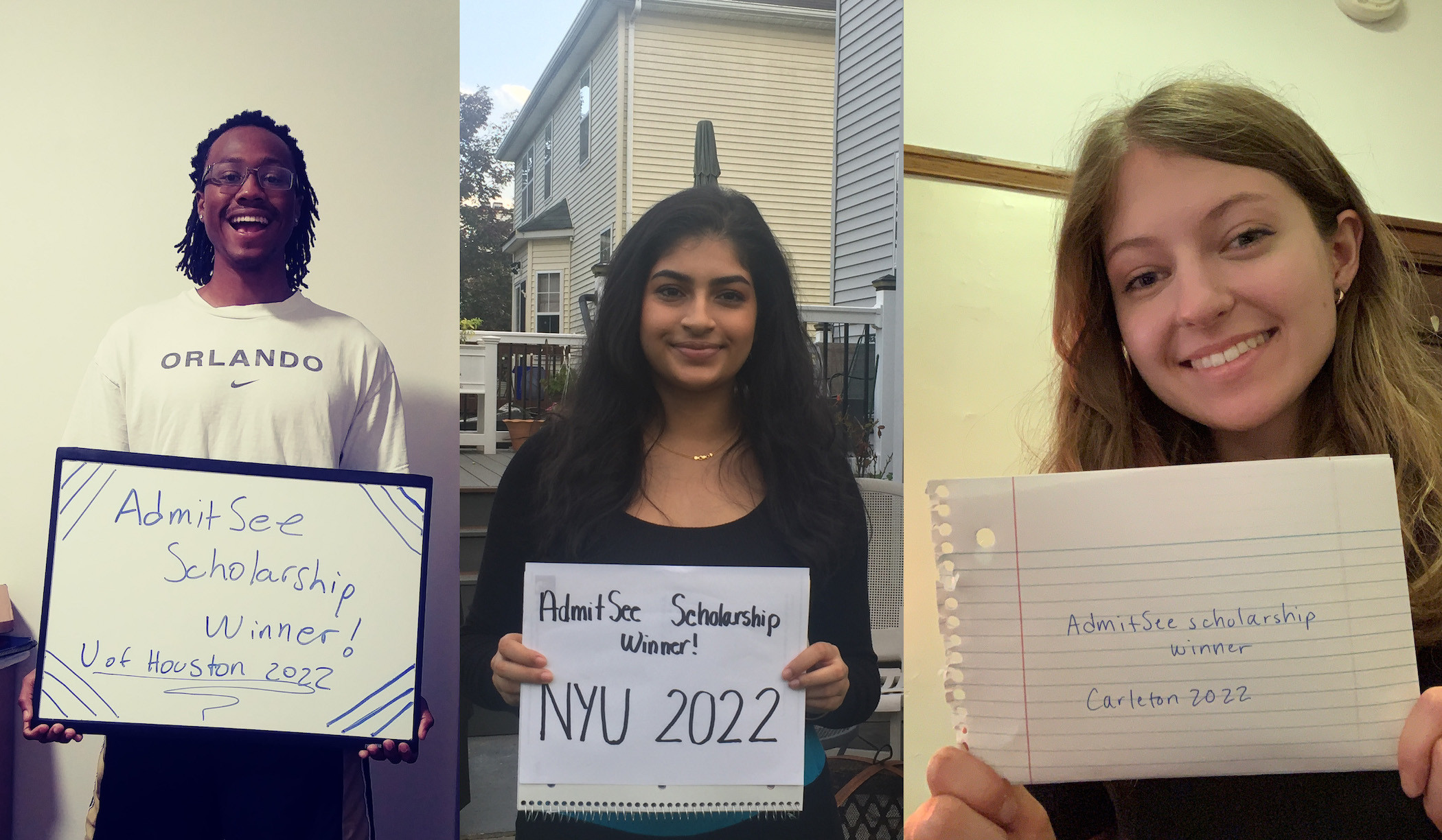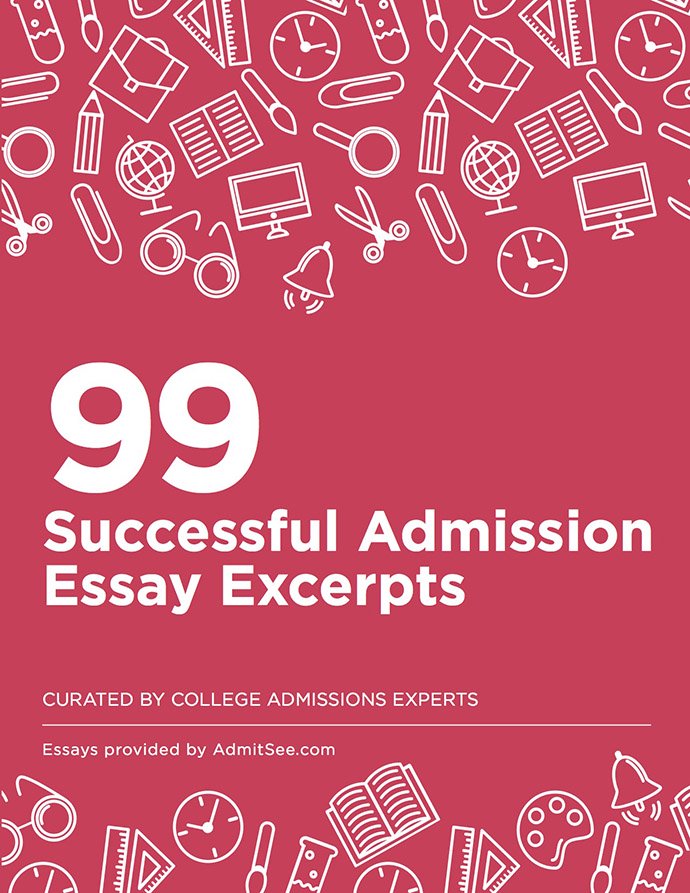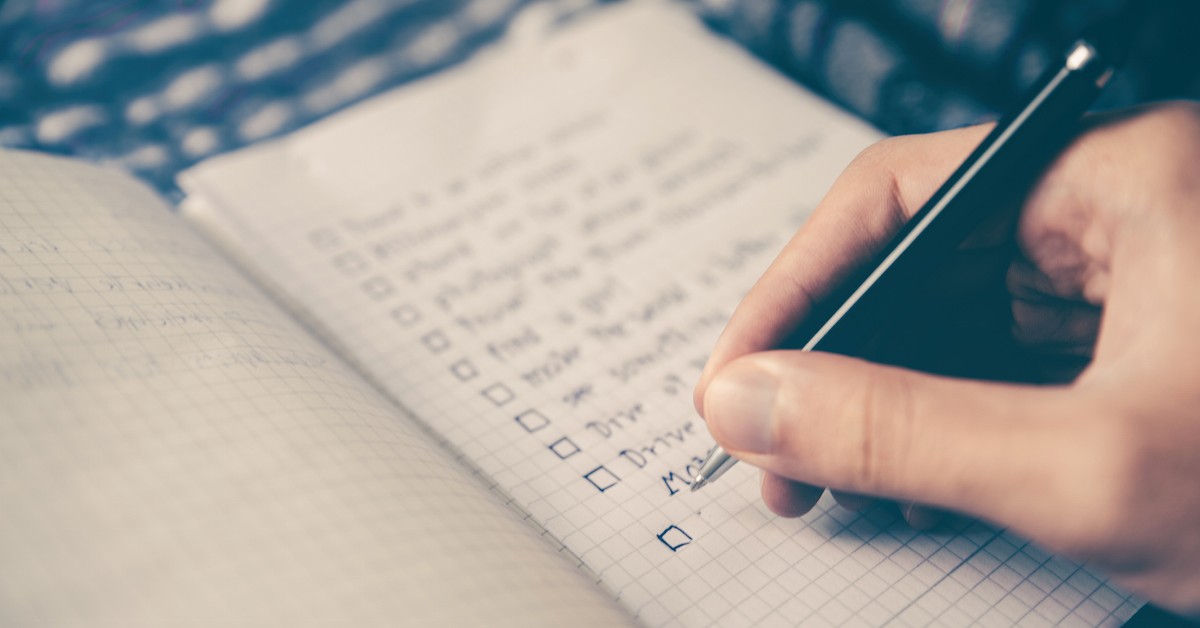The college application consists of many pieces, but the one that ties it all together is the personal statement. With so much pressure to produce your best piece of writing, where do you begin? We asked Marcella Manoharan, co-founder of Cambridge Coaching, to show us the way:

Your personal statement. Maybe you’ve thought about it, or maybe you haven’t. Maybe you have images, or an anecdote, or an argument floating through your imagination – or maybe you don’t. Either way, my first piece of advice is: stay cool, this will get done. My next piece of advice? Pretend your personal statement is something you have to build from the ground up. Like a lego set, or a piece of furniture, or a house. Then: follow the steps.
I know what you’re thinking: what are the steps? That’s what this blog post is for. Follow these steps and I promise you will have a personal statement. These steps are fail-safe.
Step #1: Brainstorm
The idea is to loosen your mind and imagination, and to let the stories just sorta flow. But this is much, much easier said than done. The vast majority of our clients at Cambridge Coaching find this sort of looseness very difficult to achieve. This is a little like going to yoga class and being told to think about nothing, to let your mind relax, and then, obviously, thinking about EVERYTHING, including that quesadilla you’re going to get right after class. The point is it’s hard to get loose about the most important things in your life at the most important moment in your life.
So, what can you do? Brainstorm within a structure. I recommend a simple grid. On one axis, list your most important resume experiences (soccer, soup kitchen, the school play, etc.). On the other axis, list themes: leadership, adversity, community, impact, team, etc. Now: rather than brainstorming about your whole life, you can brainstorm about pairs of experiences and themes. So, the time you mobilized your class to volunteer at the soup kitchen could be an example of leadership, for instance. Do this for at least 3 – 5 experiences.
Step #2: Outline
You’ve heard it from your teachers in English: outline, outline. Believe in the power of the outline. Even for the personal statement. Actually scratch that: especially for the statement. Embarking on the personal statement without an outline is a little like trying to build a house without a blueprint: bad idea. I recommend two or more rounds of outlining. In the first round, or the sketch outline, you’ll articulate your thesis and make a rough plan for where your ideas and narratives will go. In the next round, you’ll sharpen the plan, which means you’ll create topic sentences and firm up what evidence goes where. At this point, it should be possible to understand the logic of the essay by looking just at the topic sentences. Don’t move on until you have distilled the topic sentences into clear, logical points in your argument.
Step #3: Draft
The moment you’ve been waiting for: the actual writing. You have music going, herbal tea, scented candles. It’s like a trance, except you’re staring at the blank screen and you realize you have no idea what you’re doing. What do you do now? Open the outline and write directly into it. This is why you went through the trouble of creating it! So that when you reached this awful moment, there would be something for you to do. Remember: the outline is your roadmap, your Google maps. Don’t know where you’re going? Follow the outline. And the converse is also true: deviate from the outline at your peril.
Step #4: Edit
Finally, you have a real, live draft. Nope, you’re not done. Now, lay it aside – minimum of 24 hours – and come back to the draft after you’ve taken space. Here are the questions to ask yourself: Is the point of each paragraph clear? Do you have topic sentences, either implicit or explicit? Does your evidence line up with your topic sentences? Are you using the simplest language to express your ideas? Editing is iterative. You need at least 2 – 3 rounds of this process. Don’t rush it; keep rereading. Now is the time to be a little harsh, too. Cut words, reframe ideas, push yourself to be as clear as possible.
Step #5: Polish
This is the fun part! The window-dressing. Polishing and proofreading are about making the best possible impression on your readers. I am fond of two strategies in particular, both of which start with printing the document. Then, first strategy is to read the essay aloud. You will catch anything clunky or awkward this way. Second strategy is to hold a piece of paper up to the document and read it line by line slowly. Hey, you’ve come this far! Just use both strategies and call it perfect.
Okay, so I said 5 steps, but I lied a little. There’s a sixth step for those of you who want some support in this process. If you would like a guide, a mentor, a reader, and an editor to keep you on the right track, contact Cambridge Coaching! This is what we do, and we have been getting awesome students like you into the best colleges, including all Ivies, since 2005. How crazy would it be if the college process could actually be just a teensy bit fun? And, you got into the school of your choice? #anythingispossible
















 Back
Back